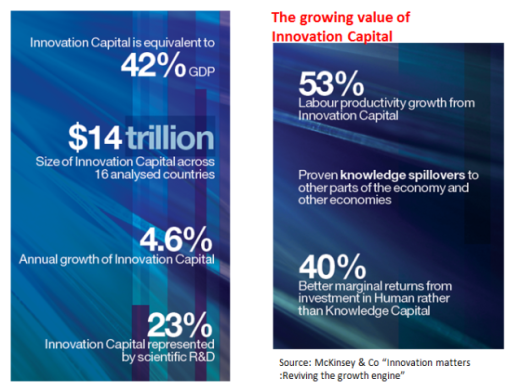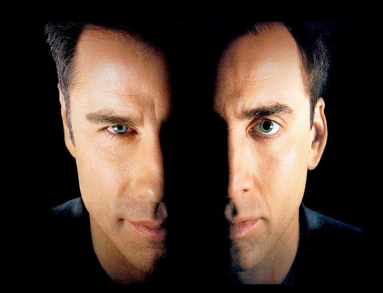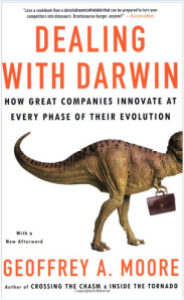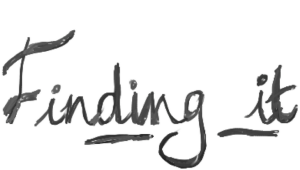Risk Is Understanding Your Scope of Reach Should Exceed Your Grasp.
 We were not born as risk-takers but we can develop it through our own growing self-actualization, creativity, a pursuit for growth and enjoying that feeling of being stretched, going beyond your normal scope of reach.
We were not born as risk-takers but we can develop it through our own growing self-actualization, creativity, a pursuit for growth and enjoying that feeling of being stretched, going beyond your normal scope of reach.
Well some of us do, but sadly most tend to become risk-avoiding because of the environment they are in or have been associated with for long periods, where avoidance rubs off, it seeps into the soul.
Many enjoy being simply ‘passive’, avoiding anything that smacks of being ‘proactive’; it is safer to be ‘reactive’. Innovation and heaven can equally wait.
Putting it simply most people and organizations are just afraid to take risks and this fear takes over and drives their choices. Innovation is certainly something that suffers from this fear of risk.
Organizations miss critical opportunities, individuals fail to speak out and argue for a given change or innovative idea. We can simply stop growing, to want to become something more, we take the easy option, we avoid risk.









